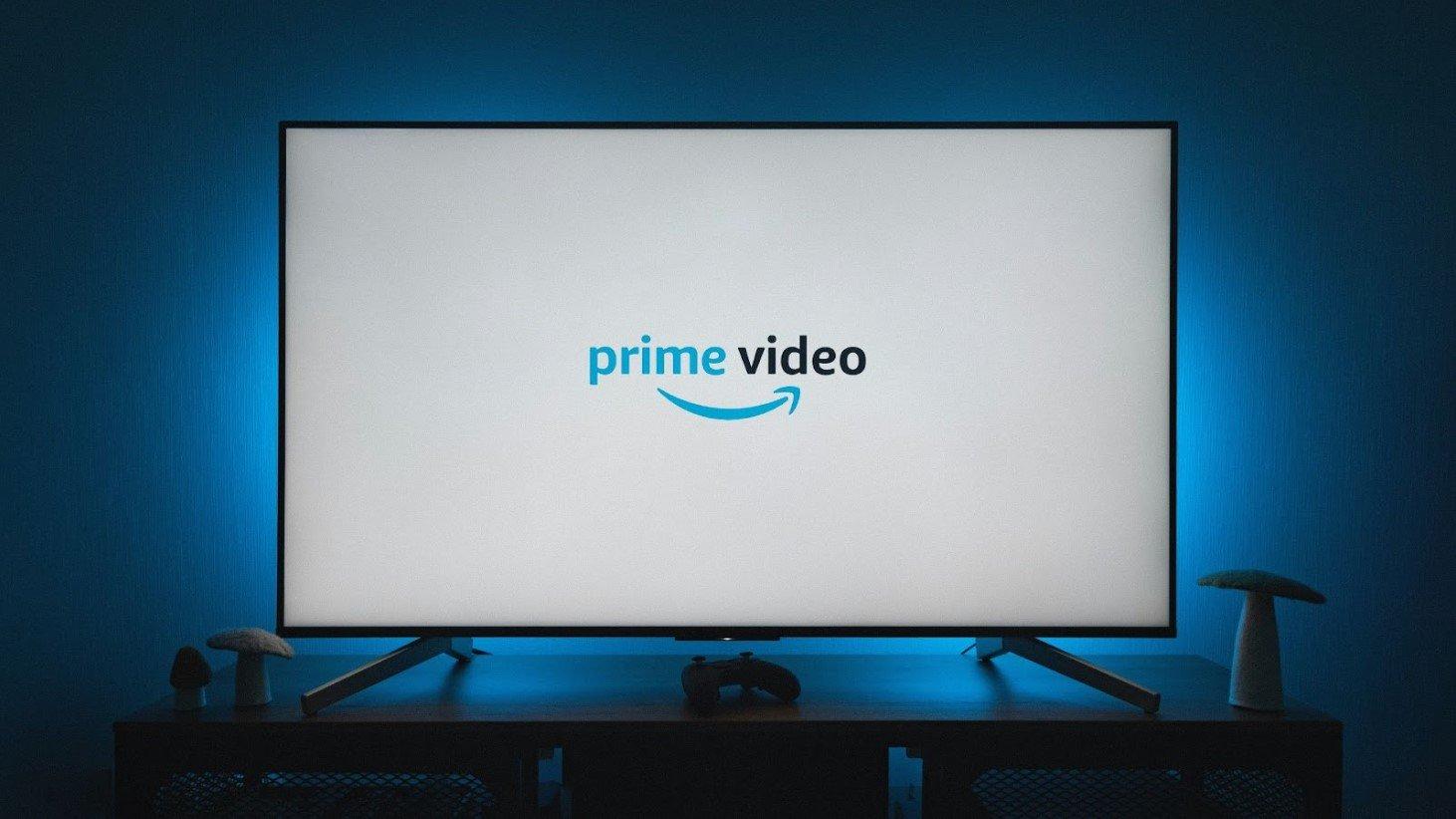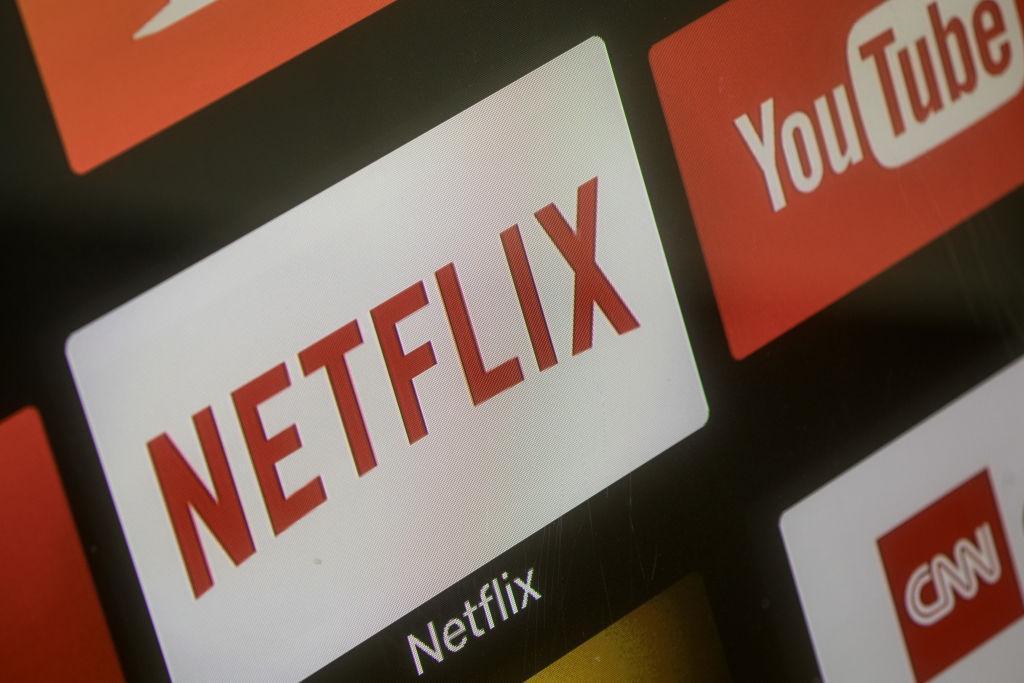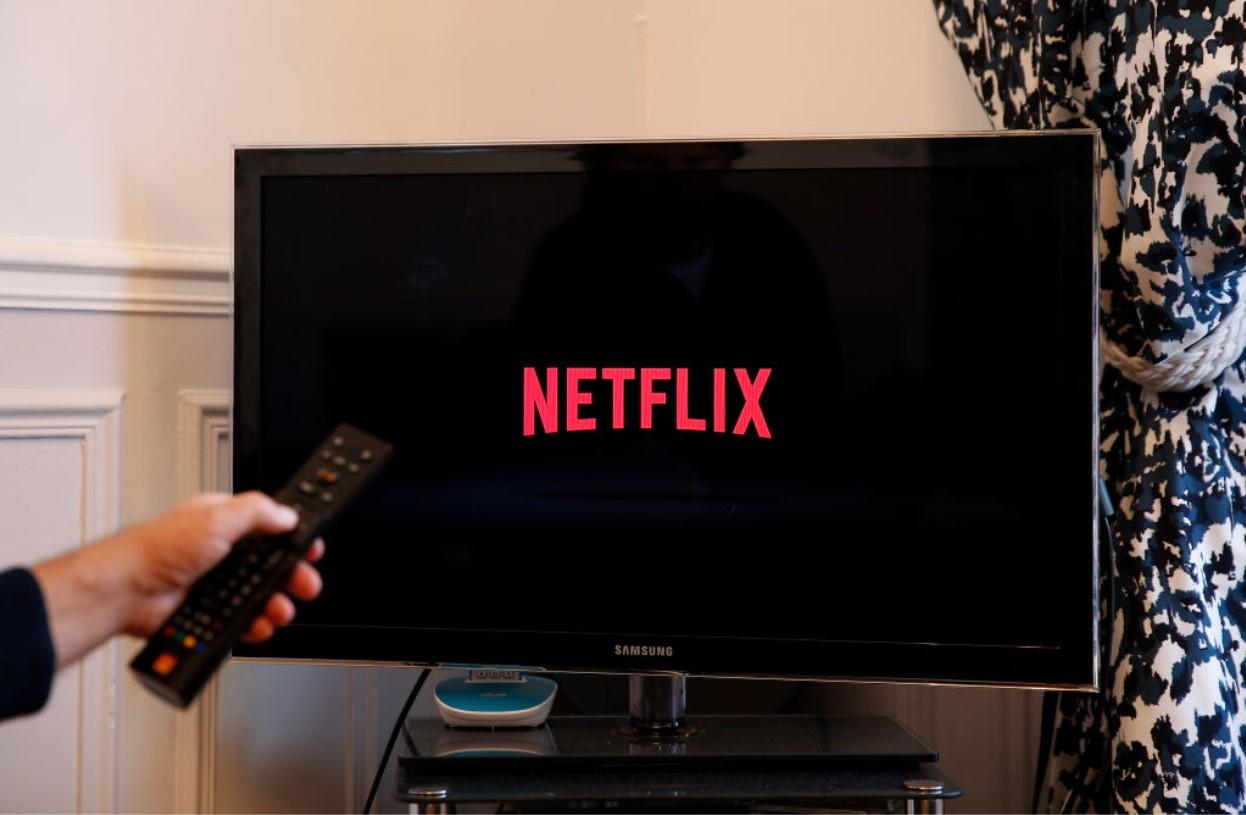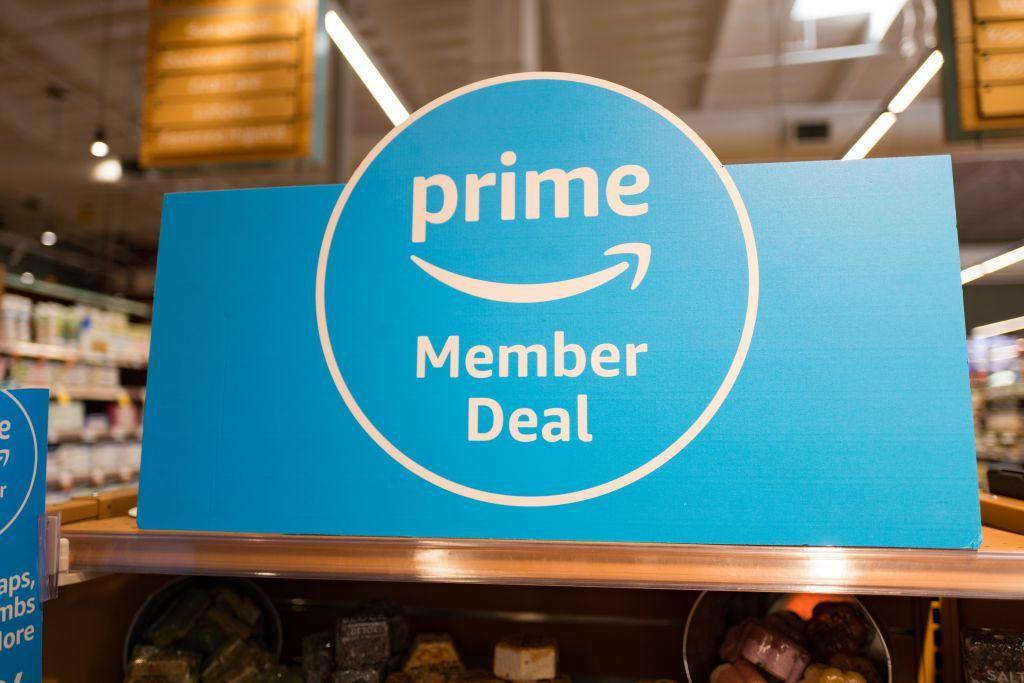In an unexpected shift, Amazon Prime Video introduced ads into its streaming service, disrupting the viewing experience for its over 100 million subscribers. Previously enjoyed ad-free, the platform now requires users to pay an additional $2.99 per month to avoid commercials.
This significant change has sparked a wave of dissatisfaction among Prime users, who valued the service for its uninterrupted viewing experience. Amazon’s decision to monetize its streaming service through ads reflects broader industry trends but has left many subscribers feeling blindsided and frustrated by the sudden pivot.
The Lawsuit Lands

A class-action lawsuit has been filed against Amazon, accusing the tech giant of misleading its Prime subscribers by introducing an extra fee for ad-free streaming — a service that was originally part of the subscription package.
The lawsuit alleges breach of contract and violations of consumer protection laws, highlighting a growing discontent among users who believe that the terms of their subscription have been unjustly altered.
What Subscribers Say

Prime subscribers are voicing their displeasure, arguing that Amazon’s new policy forces them to pay additional fees for an ad-free experience that was once included in their subscription (via Hollywood Reporter). Many feel that this change is not only unfair but also deceptive, as it alters the value proposition of the Prime subscription after purchase.
The sentiment among users is clear: They believe they’re entitled to the ad-free experience they originally signed up for, without incurring extra costs.
The Legal Accusations

The lawsuit against Amazon centers on serious accusations: breach of contract, false advertising, and unfair competition. These claims suggest that Amazon engaged in misleading practices by advertising Prime Video as a commercial-free service before introducing ads.
The legal challenge highlights the tension between Amazon’s business strategies and consumer protection laws, particularly in California and Washington. It’s a confrontation that questions the fairness and legality of Amazon’s subscription service changes.
FTC on Amazon’s Trail

The Federal Trade Commission (FTC) has previously taken Amazon to task for its subscription practices, alleging that the company used manipulative tactics to enroll consumers in Prime and obstructed their attempts to cancel.
This history of scrutiny underlines ongoing concerns about Amazon’s approach to consumer rights and subscription transparency. The FTC’s involvement adds a layer of regulatory pressure on Amazon, emphasizing the need for clear and fair treatment of subscribers.
The Heart of the Complaint

Central to the lawsuit is the argument that Amazon unlawfully advertised Prime Video as “commercial-free” for years, only to backtrack by introducing an ad-supported tier.
This switch, claimants argue, not only misleads consumers but also damages honest competition by changing the rules midgame. The complaint voices a broader concern about the integrity of Amazon’s marketing and its impact on consumer trust and market fairness.
Potential Impact of the Lawsuit

The lawsuit seeks at least $5 million in damages and aims to prevent Amazon from engaging in similar practices in the future. Its outcome could have significant implications for Amazon, potentially requiring the company to alter its subscription model and address consumer grievances.
Beyond financial repercussions, this case could set a precedent for how subscription-based services communicate changes to their users, promoting greater transparency and fairness in the industry.
Comparing with Other Platforms

The introduction of ads into streaming services is not unique to Amazon. Netflix, for instance, faced its own backlash when it launched a lower-cost, ad-supported subscription tier. This industry-wide shift reflects a search for new revenue streams amid rising content costs and competition.
However, it also highlights a growing concern among paying subscribers who feel the value of their subscriptions is being eroded.
The Outcome of Similar Lawsuits

Other lawsuits have challenged streaming platforms in the past as well. For example, Netflix successfully defended against a lawsuit accusing it of not disclosing how account-sharing was impacting its growth (via Reuters). The lawsuit, filed by a Texas-based investment trust after Netflix shares plummeted, claimed Netflix hid the effects of account sharing on its subscriber numbers.
However, a California federal judge ruled the lawsuit lacked evidence that Netflix knew the extent of the issue as long as the investors alleged. This case highlights the difficulties in proving allegations of corporate misinformation and could influence similar legal challenges in the streaming industry, including those against companies like Amazon.
The Debate Over Ads

The move toward ad-supported tiers in streaming services has sparked a debate about the balance between cost savings and user experience.
On one side, some argue that ads make subscriptions more affordable, broadening access to content. On the other, many subscribers believe that paying for a service should guarantee an ad-free experience if that was what was initially agreed upon.
Consumer Rights and Transparency

The Amazon lawsuit raises important questions about consumer rights and the need for transparency in subscription services. It showcases the expectation that terms of service should be clear, fair, and consistent, without unexpected changes that disadvantage subscribers.
Consumer awareness is ultimately the key in an era where subscription models can change with little warning, underscoring the necessity for individuals to stay informed about the terms of their service agreements. Legal and regulatory frameworks also help serve as safeguards, making certain that companies like Amazon are held accountable for honoring commitments and maintaining transparency with its subscribers.
What This Means for the Future

The resolution of this lawsuit could influence the future of streaming services and their subscription models. If it results in changes to how Amazon and similar platforms operate, it could lead to increased transparency, better communication of service changes, and more respect for consumer rights.
This pivotal moment may redefine the relationship between streaming services and their subscribers, setting new standards for the industry.

